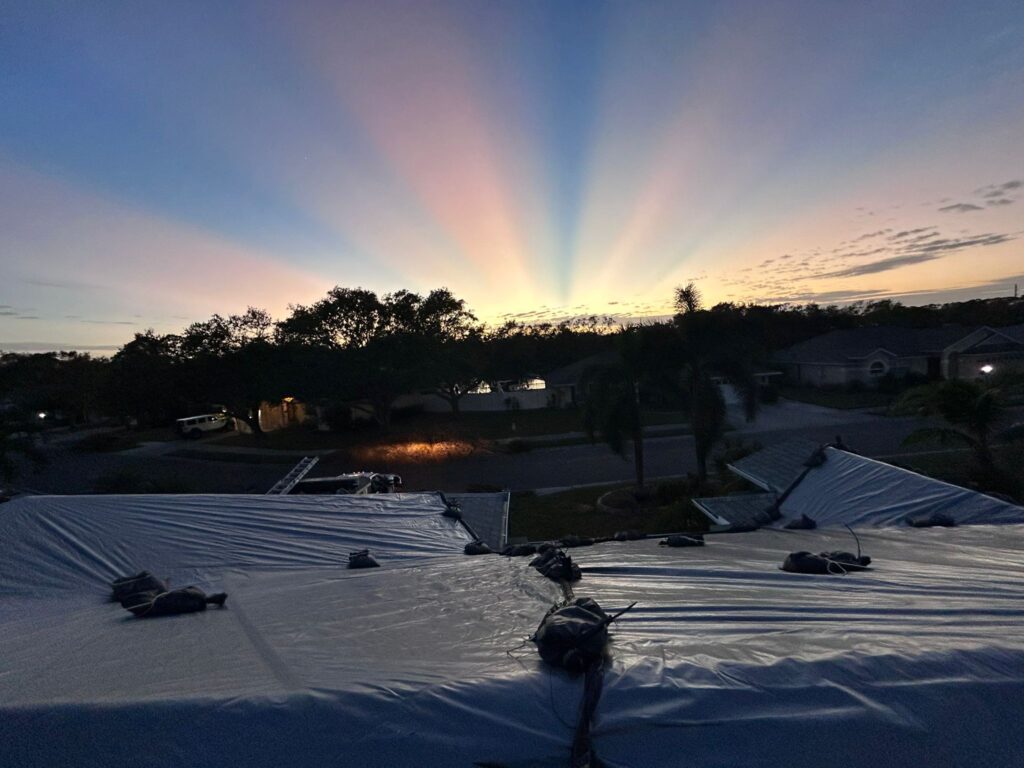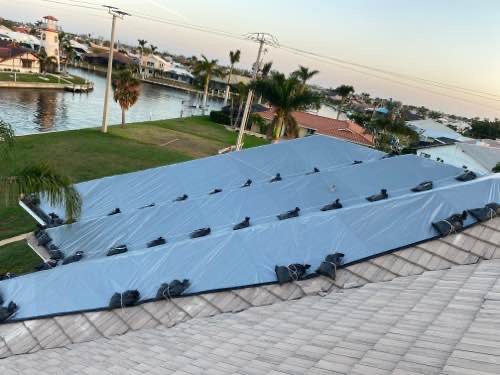Protect Your Peace This Hurricane Season: Effective CAT Management Starts with a Proactive Response Plan
The 2024 hurricane season served as a reminder of the devastating and often unexpected effects that storms can have on homes, businesses, and entire communities. As storms become more frequent and intense, insurance professionals face increasing pressure to manage claims quickly, fairly, and accurately. Once a storm warning is issued, response plans move from intent to action. After a catastrophic storm, the pressure is on insurance professionals to assist individuals, businesses, and communities in their recovery. This journey starts with a quick and effective response.
A Slow Response Damages More than the Bottom Line
Hurricanes cost billions in losses each year. The emotional and physical toll is even more profound and impossible to calculate. The 2024 hurricane season was no exception. For many individuals and communities, the wounds are still fresh, and tensions run high as we enter the next hurricane season. While we cannot control the weather, we can control how we respond to it. Insureds expect fast, effective, and fair claims management. The hours and days following the first notice of loss are crucial in setting the tone for the claims experience. Delays in response can lead to:
- Escalated costs – The longer a property remains exposed, the more extensive the damage becomes- resulting in a more costly and/or complex loss. Secondary damage from water intrusion, mold growth, or structural instability can turn minor damage into major losses. With more damage comes extended additional living expenses and business losses as well as increased adjusting, repair, and supplemental expenses. Escalated costs that could have been avoided erode rate level efficacy and potentially expose insureds to unexpected liability and expenses if policy limits are exceeded. Profitability and long-term financial stability may be significantly impacted.
- Frustrated policyholders – A slow response can shake the foundation of trust and leave insureds feeling lost and uncertain. Uncertainty creates opportunities for bad-faith storm chasers and unlicensed contractors to offer questionable services. A slow response or unclear communication significantly increases the likelihood of misunderstandings, disputes, and litigation. Attrition increases and reputations are damaged.
- Longer Cycle Time – Additional/secondary damage can create the opportunity for straightforward losses to become complex or disputed claims that require multiple inspections, expert witnesses, mediation, and/or a trial. With or without representation, complicated claims may remain open for months, sometimes years. The backlog of claims can lead to staff burnout and plant seeds of doubt in the carriers’ ability to process claims quickly and fairly.
News saturation and stories highlighting negative outcomes can contribute to a negative mindset. It’s important to recognize that no one involved is inherently a victim or a villain. While concerns about bad faith are valid for all stakeholders, they should not be the main focus. By acknowledging and understanding the negative impacts of a poor response, insurance professionals can take charge and control what they can within their catastrophe (CAT) response management plan.
Take Charge: Master a Proactive Response for Effective Catastrophe Management
A proactive, well-organized claims response can be the difference between efficient resolution and a backlog of costly, complex cases. While every company is different, there are core components that support a fair and accurate outcome. The top-rated insurance claims teams credit their CAT management success to:
- Prioritizing Emergency Mitigation 🚨
Prompt action in the initial hours and days after a storm is crucial. Emergency mitigation, like roof tarping and tree removal, prevents secondary and additional damage. Partnering with expert emergency mitigation providers ensures insureds receive immediate assistance from trusted professionals while empowering adjusters to manage expenses.
- Managing Vendor Networks Effectively 🏗️
Claims professionals who establish strong partnerships with mitigation and restoration companies can quickly deploy experienced professionals they know and trust to get the job done right. This prevents dishonest or unlicensed contractors from taking advantage of policyholders and ensures high-quality work that meets industry standards. Proactively establishing partnerships protects your ability to respond, as capacity and coverage areas can be confirmed as the storm approaches and adjusted as needed.
Solidifying vendor relationships with daily assignments throughout the year smooths out the process for everyone and ensures a seamless disaster response. Fostering year-round vendor partnerships can reduce costs through direct and volume discounts as well as providing early access to new services or enhancements. Vendors are key players in the industry with unique insights into trends and market intelligence. Tap into your vendor networks; they can provide more than you might expect.
- Communicating Clearly and Often 📢
Set yourself up for success. Policyholders need clear expectations of what to expect and timely updates throughout the claims process. A lack of communication can lead to confusion, frustration, and even litigation. Delays happen, especially after multiple or massive storms. Keeping policyholders updated on what to expect makes them less vulnerable to storm chasers and bad-faith opportunists. Insurers who keep their policyholders informed build trust and improve the overall customer experience.
In an industry where unexpected challenges can arise at any moment, being proactive is the name of the game. Embracing a proactive response equips companies to not only navigate crises effectively but to emerge stronger on the other side. A forward-thinking approach can transform a company’s ability to prepare for the future by optimizing their ability to handle response and recovery for insureds.
The Road Ahead: Preparing for Future Storms
While it is impossible to predict when or where the first storm of the 2025 season will be, insurance claims professionals must stay ahead of the curve by fortifying their ability to respond efficiently when it happens. Additionally, the capacity to effectively manage multiple events, including those occurring concurrently or back-to-back, is fundamental for ensuring a robust and efficient response throughout the year. Identifying and solidifying strategic partnerships with providers that have a track record of responding quickly and professionally when it matters most will set your team up for success. With a proactive CAT management response plan, insurers can reduce claim cycle times, control loss adjustment expenses, and improve overall outcomes for all stakeholders.
At Kruger Disaster Recovery, we exceed industry response times for emergency roof tarping and tree removal to help protect properties and reduce secondary damage. Our team contacts insureds within minutes of receiving assignments, and we strategically place teams fully stocked with high-quality materials ready to mobilize when and where we are needed. We are committed to treating policyholders with empathy and respect while providing quality service. Kruger’s teams are fully insured and expertly trained. Every team member understands the importance of timely communication and thorough documentation. We adhere to all Service Level Agreements (SLAs) and can quickly pivot when changes in processes or procedures are needed. Think of us as an extension of your professional services, ready to rise to the occasion and support you whenever and wherever you need us. When disaster strikes, trust us to provide the response and protection your clients deserve.




